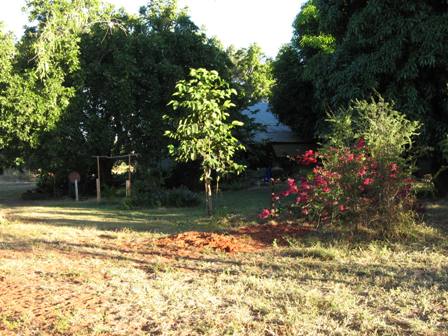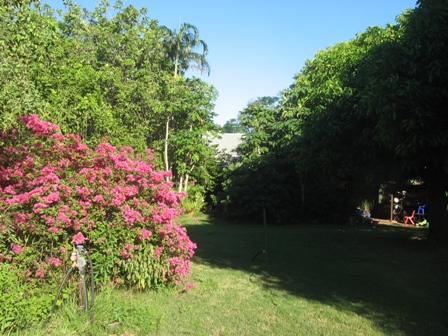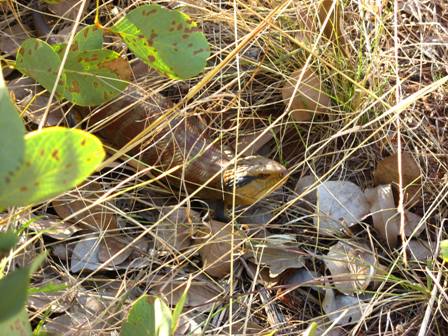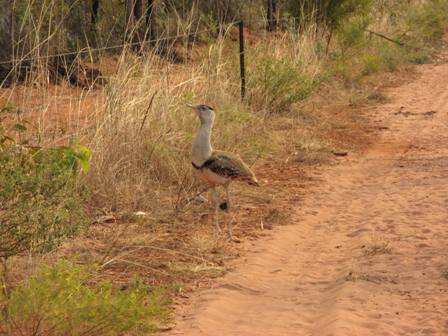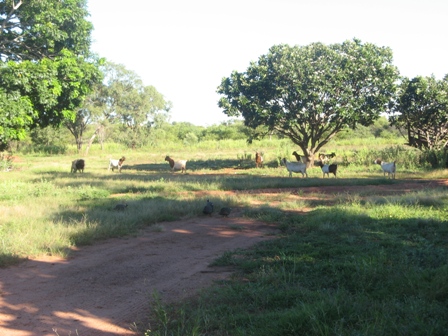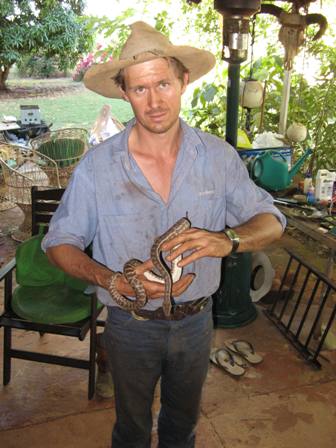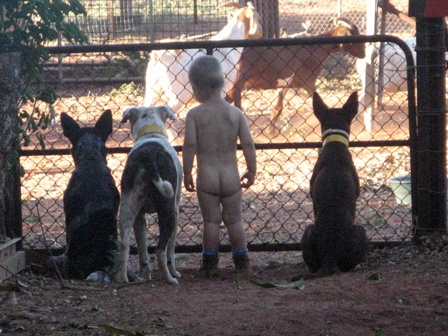Cultivation, Chaos and Killers
Host: Country Downs Station
Written by Nikki Elezovich – Owner, Country Downs Station.
Well today we have to spend some time in the vegie garden! Tie up tomatoes, pick the ripe fruit/vegies, and any fresh greens or herbs that we want for dinner. Fertilise, water, and check for pests . . . the biggest being our youngest son at the moment! We prepare and plant a pretty big vegie garden in about April every year and usually by now the garden has powered already and on ‘it’s way out’, as it is usually becoming too hot and the bugs are annihilating everything. This year, the vegie garden has not been as good as previous years and whilst we are not really sure why, we think it may be due to some abnormal weather patterns this season.
We have two areas (or plots) that we alternate every two years. We do this because we seem to have a compounding problem with nematodes attacking the roots of many of the plants (particularly tomatoes). By keeping the garden in one place for two years, it means we can keep some of the perennial plants over the wet season whereby we get their produce earlier in the next season. The other benefit in alternating the garden area is by leaving one fallow for two seasons, we can mulch in the wet season growth to give the soil a really good conditioning (and get rid of weeds) in preparation for another whole new planting. We plant a different variety of vegetables and other edible plants each year, but our main staples include: tomatoes (about three to five varieties), pumpkin, sweet potato, cabbage, eggplant, snake beans, corn, broccoli, silver beet, kale, capsicums, chillies, basil, parsley, rocket, zucchini, watermelon, Asian greens (about three to five varieties), lettuce, and a variety of herbs. Not everything is successful every year, but we always have enough to feed ourselves and give a fair amount away as well. We usually have so many tomatoes that, every year I make tomato jam, tomato paste and I jar enough tomatoes to last until next season (i.e. like tin tomatoes).
 A few pictures of our vegie gardens. 2013 – plot number two, second year running.
A few pictures of our vegie gardens. 2013 – plot number two, second year running.

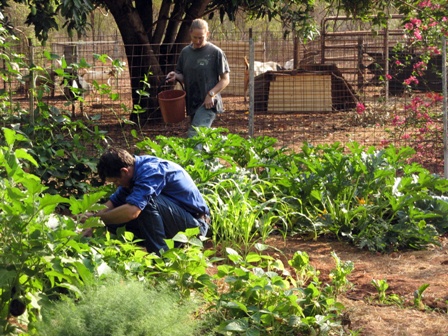

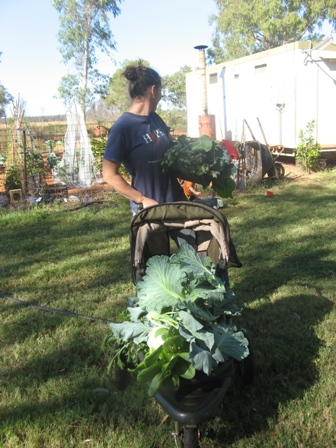
Not only do we have a large vegie garden each year, but we also have many other edible and useful plants in our back yard. We grow mango trees, paw paws, custard apples, a Kaffir lime and a Tahitian lime tree, a lemon tree, mulberry bush’s, Rosellas, banana’s, Cassava, Cashew tree, Bay tree, lychee (yet to produce anything though!), Longan, and even Pineapples. We enjoy producing as much of our own food as possible as it always tastes so much better straight from the garden.
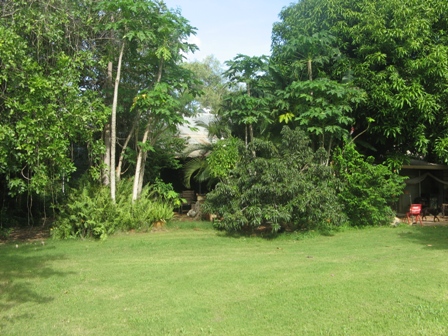
We also like to use beneficial plants and animals to have we like to call a ‘semi-permaculture-like’ set-up in our back yard. By having livestock such as goats, guinea fowl, a pig, natural wildlife (e.g. goannas, blue-tongues, frill-necked lizards, native birds, and yes even a Stimson’s or two) and of course the requisite normal laying chooks (plus rooster), we have created a little ecosystem around us that is as holistically managed as possible.

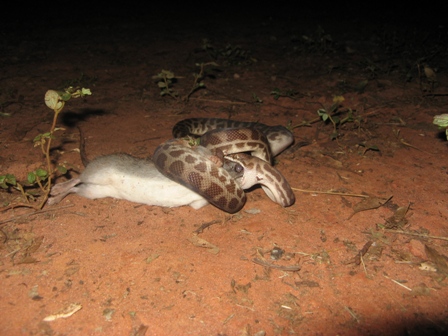
Our alternative menagerie can create a lot of chaos and bedlam at times and I can often be found yelling at some pandemonium occurring between at least four of the different species at any one time, wistfully hoping that someone would give a direct line to Dr Do Little. Whilst we do consider the non-bovine livestock to be more as ‘pets’, they are not allowed to be named anything but ‘delicious’! In addition to the cattle that we produce for the Live Export market, we have around 15 goats that roam around during the day and get locked up at night (due to predation from wild dogs). We have one pig (who is less likely to become Christmas lunch as the months progress!), about 20 guinea fowl that free-range day and night around the homestead, 20 odd chooks and a rooster that free-range during the day and are also locked up at night and any number of poddy calves at any one time. We have three working kelpies (who are also keen pets!) and, up until recently, a cat who was head ‘mouse/rat/snake catcher and eater’.
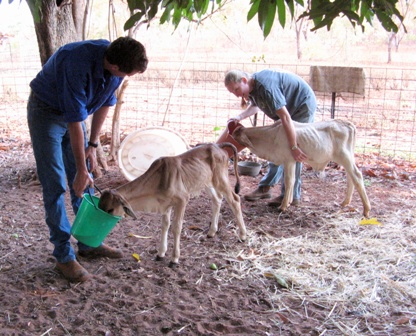
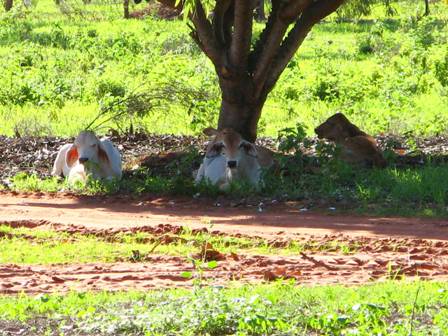
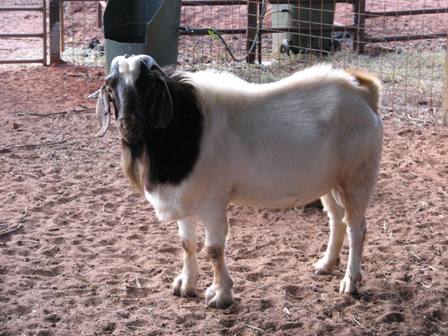


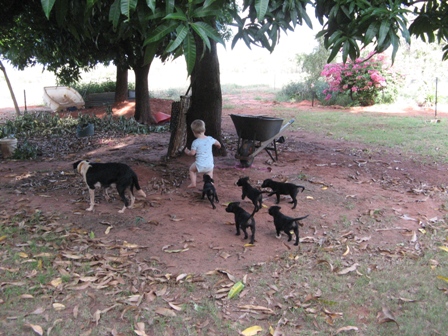

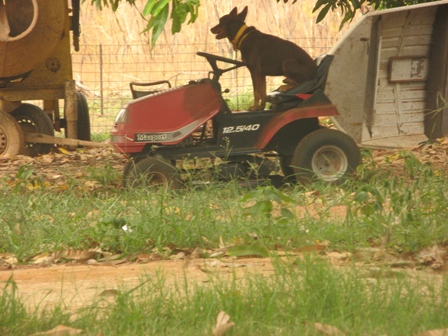
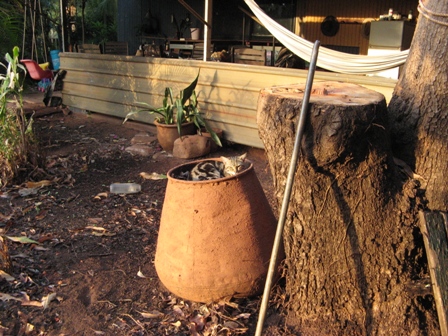
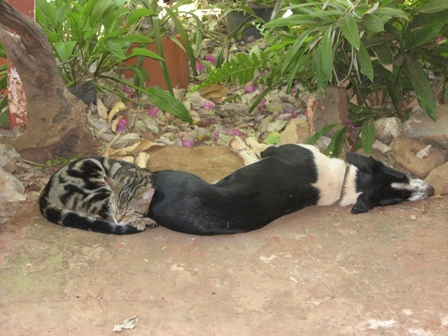
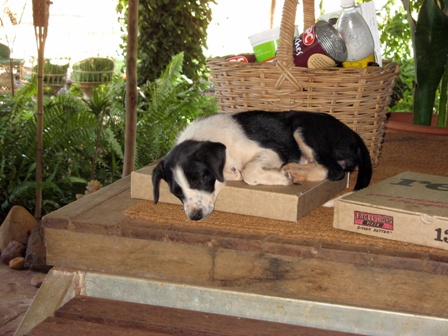
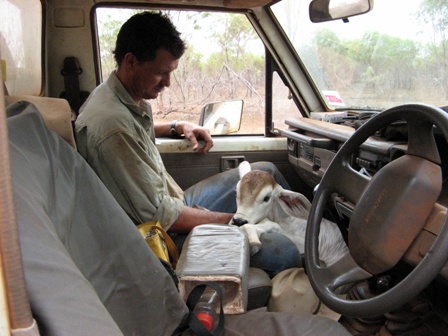
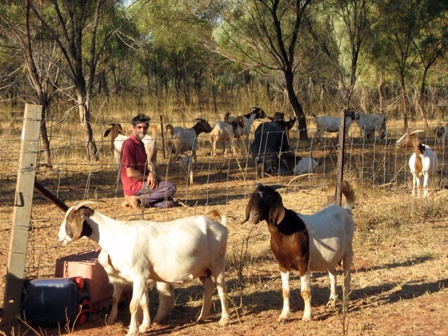
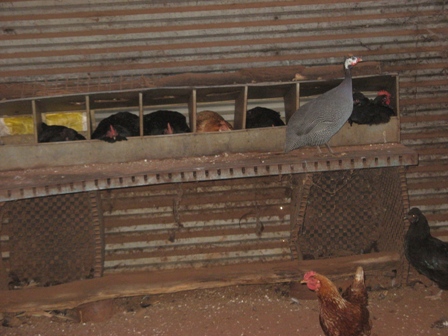
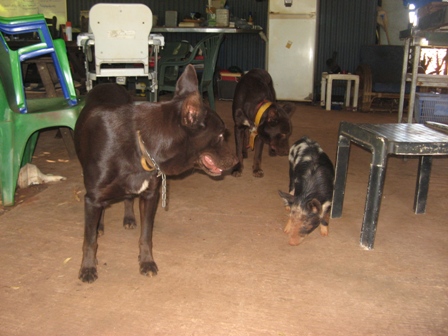
This is by far, the hardest part about this kind of lifestyle. Losing a pet, even an orphaned calf or goat is the most difficult thing I have had to accept since being out on the station. Because we are so close to nature and the natural ebb and flow of life and death, those of us who live in these situations see and experience death far more frequently than the average person living in a town or city. Death is never pleasant, but when you have to make a choice to put your pet down (remembering that we are usually too far from a vet, so we generally do it ourselves) or watch it die slowly and painfully, it is not a hard choice, but nonetheless it tears my heart apart every time I experience it. Dealing with death is a very personal experience and everyone deals with it differently. However, what I have found is that people who live on the land tend to have a very pragmatic approach to it. The thing that has always allowed me accept the inevitability of death is that when one thing dies, another is born and that new life is not only wonderful and joyous, but it has the chance to make its own indelible mark on the world in which it lives. This is what life is about, it is sad and painful, but also full of so many amazing things.
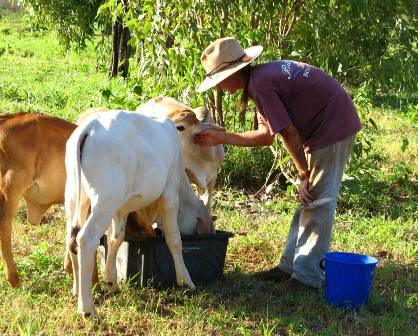
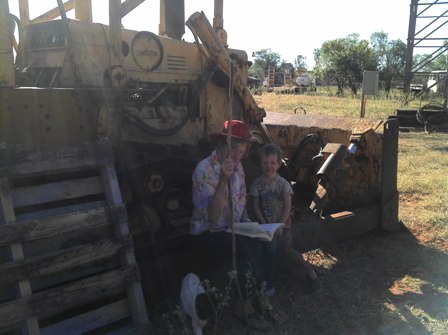
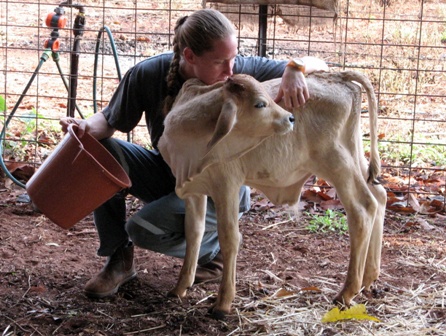

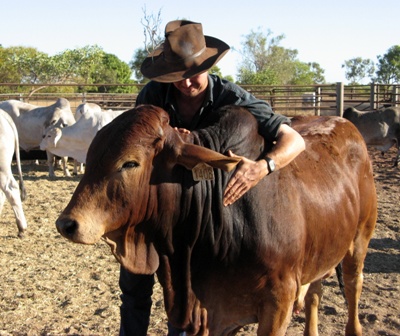
The one thing that I am really proud of doing, is teaching my children to enjoy all aspects of producing food, not only for us as a family, but for the population of the world as well. I believe, it is a well-rounded individual who can enjoy and experience the pleasure of growing and raising an animal (or plants), but also accept and be involved in the (more often than not) ultimate reason for doing so . . . and that is to eat them. I, like most people I would assume, had great difficulty in dealing with the killing of an animal. However, seeing as I love eating meat I felt that to give the animals that I eat the respect that they deserve, I had to take my fear with both hands and deal with it. And I did, when I moved out to Country Downs.
We butcher all our own meat, (and always have) so when our freezer runs low, we head out and do, what we call, a ‘killer’. We slaughter and butcher, hang and process ‘out of spec’ (i.e, can’t really sell them for any number of reasons), cattle, goats, chooks and yes, ultimately the pig too. The whole process can be very confronting, however, since being a part of it, I have gained a far deeper respect and understanding of how it is done (properly of course!). And I do really enjoy being a part of their life as well as enjoying them when they are no longer with us. I always ‘thank’ the animal for providing us with food and detest people who disrespect an animal that has given its life by wasting any part of the carcass that can be used. Kurt has always done ‘killers’ since he was young and growing up on Nita Downs, so his perspective is slightly different than mine, but essentially the same. Our four year old is currently wrestling with the whole “I don’t want to kill it, but I like to eat it” conundrum. Whatever decision he makes, we will always respect it, however, if he chooses not to eat meat, I have no idea what he will eat as he doesn’t eat much else! Bread and ‘air-pie’ I guess!
When we do a beef killer, we hang the whole (skinned) carcass overnight, weather permitting, using a newly installed feature . . . our Hiab. This is far easier than our traditional way of slaughtering in situ, skinning and butchering on the ground. We would lay it on one side, butcher off the front leg, the rear part, the ribs and any internal organs we wanted to keep and then turn it over (by hand!) in order to do the same on the other side. These would all go into the back of the ute, completely surrounded by wattle leaves, to be transported back to the homestead as far as 30km away. After hanging overnight, we section the beast and hang it in the cool room for a couple of days to allow the meat to get to an even core temperature. We then start the arduous task of ‘processing’ the meat. We cut and cryo-vac all cuts of meat to make roasts, steaks, stew, sausages, mince, salt (corned) beef and our ‘famous’ (and delicious) beef chops! Essentially we do the same to a goat and to the chooks and we usually do all of them over two days so they can all go into the cool room at the same time.

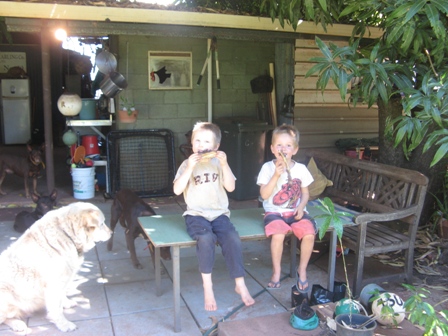
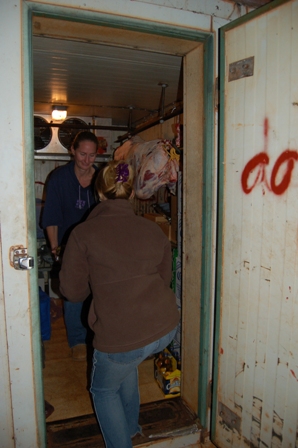
It can be a hard decision choosing which one is the unlucky individual, however sometimes it is made easy for us. For example, the goat who liked to jump on everyone’s car or the cow that learnt to lift the portable panels in a draft yard and therefore escaped every time we caught her. It was very easy to put these individuals in the freezer!
Today’s story was probably the hardest to tell as nobody likes to hear about the sad or awful stuff, but it is a part of everyday life for us. Hopefully those of you who have read today’s story, leave the page having a better understanding of not only the fact that we totally believe in being as self-sufficient as possible, but also that we truly do care about our land and the animals that live on it and with us. I am hoping that tomorrow you will all get to meet Kurt, aka The Big Boss, and get an inkling of his perspective of life on the land and why he is doing what he loves best. Until then, ciao ciao, Nikki Elezovich.

